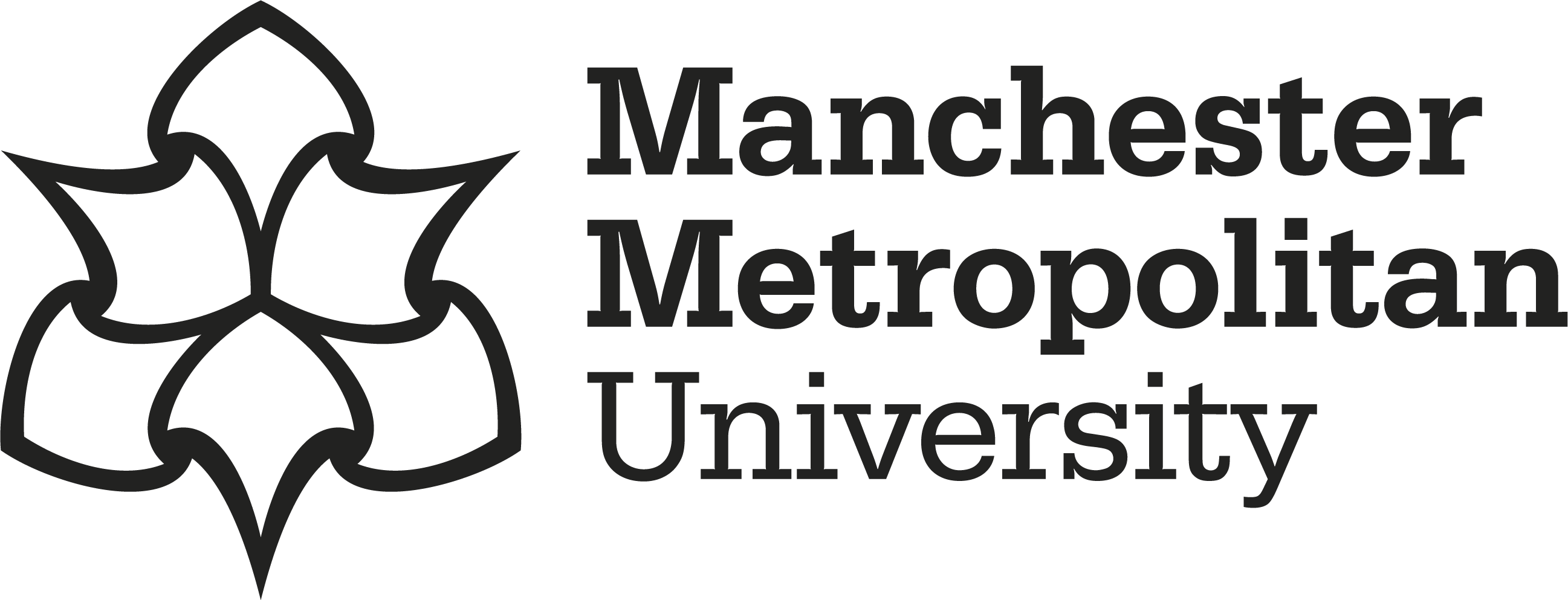Bosutti, Alessandra 




|
Published Version
Available under License Creative Commons Attribution. Download (1MB) | Preview |
Abstract
Despite exercise countermeasures to sustain health and performance in spaceflight, complete maintenance of muscle mass and functions in microgravity is still not possible for most astronauts. The principal cause of the limited effectiveness of existing exercise countermeasures is the difficulty in achieving full loading forces in space. The implementation of countermeasures which require small devices and simulate Earth‐like loading forces to maintain muscle mass, strength and endurance is therefore highly desirable. At present, the cellular mechanisms that induce muscle atrophy in weightlessness are not yet fully known; a better understanding of how skeletal muscle cells adapt to microgravity will help in designing more effective countermeasures to sustain the health and operational capacity of the crew during long‐ and short‐duration missions. The 6° head‐down‐tilt bed rest is a powerful ground‐based analogue platform to simulate and study the physiological effects of spaceflight on the human body, and test the effectiveness of countermeasures before they are potentially applied in space. The aims of this narrative review are therefore to provide an overview of (i) the main mechanisms underlining muscle atrophy learnt from space and bed rest studies, (ii) the currently available countermeasures, and (iii) potential suitable countermeasures – such as neuromuscular electrical stimulation that is delivered with light and small portable units – to attenuate muscle wasting in astronauts during spaceflight.
Impact and Reach
Statistics
Additional statistics for this dataset are available via IRStats2.


